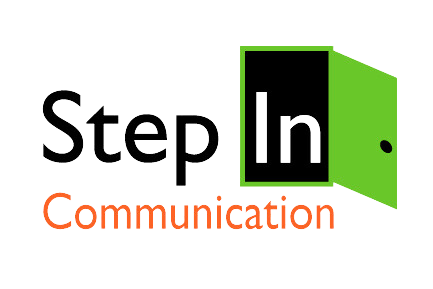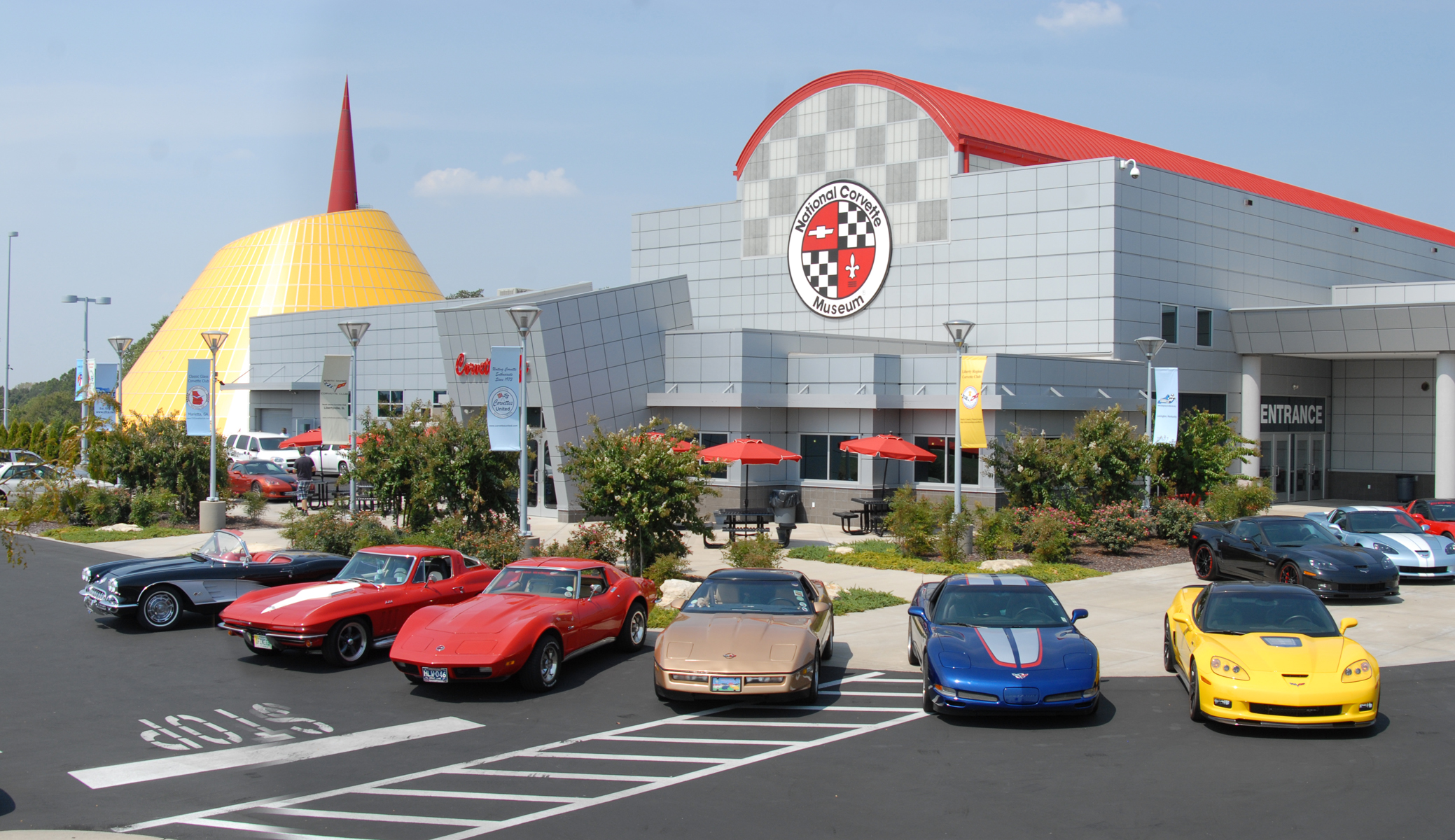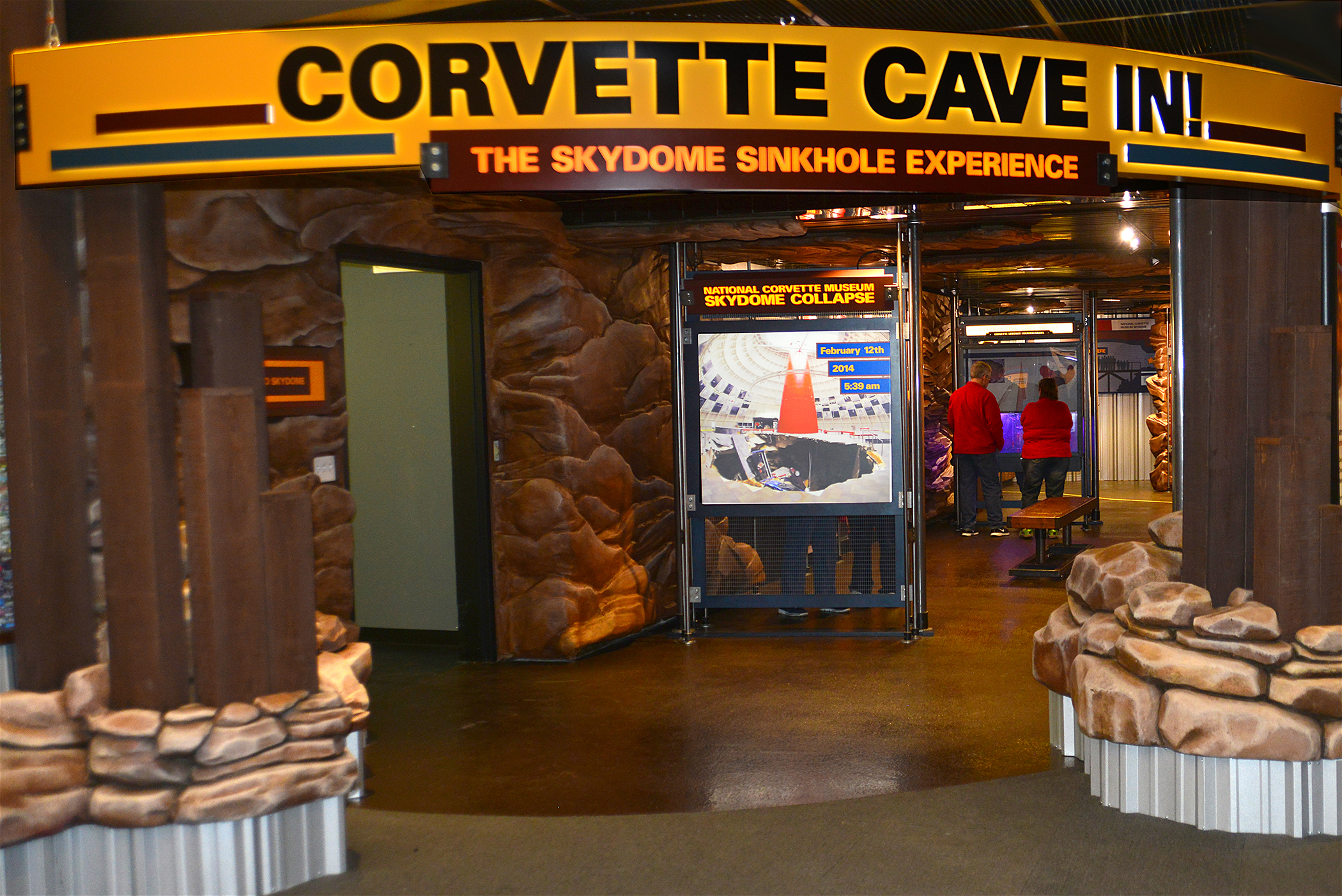Small Organizations CAN Handle a Crisis
Alongside Interstate 65 in Bowling Green, Kentucky, you can see the iconic Skydome of the National Corvette Museum from the freeway. It is a place where devoted fans come to see and admire America’s iconic cars. It is also a small, but smart organization who handled a once-in-a-lifetime crisis. Here is their story.
On the morning of February 12, 2014, at 5:38 a.m., the ground beneath the museum gave way and swallowed eight of the museum’s irreplaceable pieces. It was a sinkhole, 60 feet long by 45 feet wide and 30 feet deep, something we normally associate with Florida’s shifting water table. You can see the security video of the first part of the collapse here:
How did they handle the sudden onslaught of media at their doorstep within three hours?
The National Corvette Museum team was prepared for rapid notification to some of their key stakeholders because they had several email distribution lists. This allowed them to reach staff at work AND at home and to quickly notify their board of directors too.
“I think everyone was in shock when it happened because a sinkhole in a building is not something you ever imagine happening, so it took us a few beats to get our communication rolling,” Frassinelli says. “But once we got going, we got faster and faster about letting people know what was going on.”
“We wear a lot of hats –we learned to prioritize,” says Frassinelli. “We didn’t go home until we responded to everyone.” They also didn’t discriminate by size of media outlet. As she noted in her presentation to the PRSA Travel and Tourism Section conference last month, “you never know who could pick it up.”
On the day of the crisis, they held two press conferences, which went a long way toward getting their story into the news. They held a press conference the second day, too, but their team worked around the clock to make sure the museum opened that day, so their message became “business as usual” instead of “devastating crisis.”
At the time, the Corvette Museum had 80 staff, 20 of which were full time. There were 12 on the management team and 2 full time and one part time staff in marketing and communications including Frassinelli. One clever tactic they used is the part-timer answered and logged all the incoming calls while Frassinelli responded to the calls. This is a great way to divide the work in a crisis and stay organized, too. As well, most interviews were conducted by Frassinelli or the Executive Director. This made their messaging consistent and focused.
After the second day, the interest tapered off until they started the process of retrieving the cars out of the sinkhole. This gave them another surge in inquiries. When they began that process, they installed additional live streaming cameras so fans could watch. It was so popular, the broadcast maxed out their servers.
Here’s a news story from CBS from the day the first car came out of the sinkhole.
Every “first” after that created a wave of new interest, according to Frassinelli. When they let visitors in to see the sinkhole, they got a wave of media coverage. When they decided to keep the sinkhole, they got media coverage. BUT all of that media coverage was positive!
Key Takeaways from the Corvette Museum Team
- The team immediately collected media emails and turned it into an update list. Now they have a massive list of media which they can continue to communicate with over time. They used it right away for those periodic updates, saving them a LOT of time.
- They took lots of high quality photos and videos so they had assets to share for news media inquiries.
- They also uploaded video footage from their phones to get it out quickly. They chose speed over quality so their message was being shared, but also made high quality available for those who didn’t have tight deadlines.
- They changed the way they wrote their press releases, using an article style they had not previously adopted. This made it easier for news media to use and they were able to re-purpose the content for members, a key stakeholder group for the organization.
- Saying thank you and expressing gratitude goes a long way.
Turning a Crisis Into an Opportunity
When they began the process of recovering their lost cars, they installed additional live streaming cameras so fans could watch online from every angle. It was so popular, the broadcast maxed out their servers. The construction company got special Operation Corvette + badges for their cranes and helmets which became a positive buzz factor as they began the clean-up. Their Facebook page grew as a result of the incident – from 50,000 fans to 200,000 fans. They had a 67% increase in visitors to the Museum. They even bottled the dirt and rocks from the sinkhole in little jars and have sold more than 2000 in the gift shop.
But here’s the icing on the cake: they have turned the entire event into an exhibit called Corvette Cave In, which opened on the two year anniversary of the event—Feb 12.
A key question to ask someone who has survived (and thrived!) in a crisis is ‘when did things return to normal?’ When Frassinelli was asked this question, here’s what she said: “I think things will be back to “normal” by the end of the year.”


